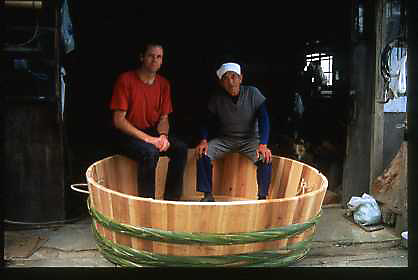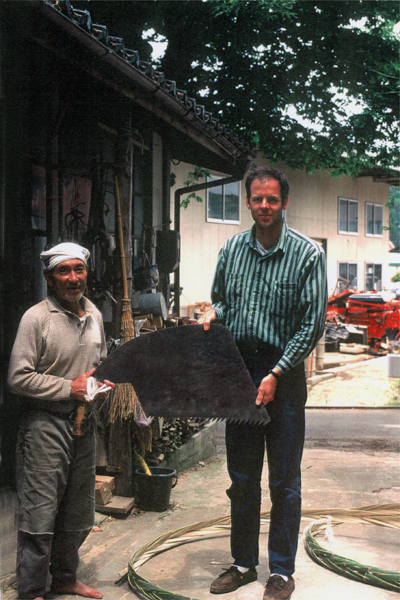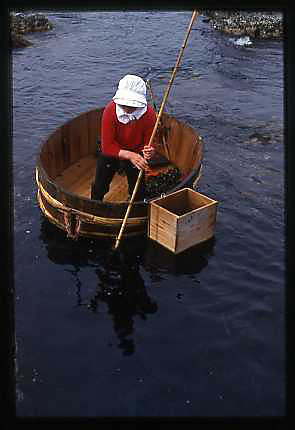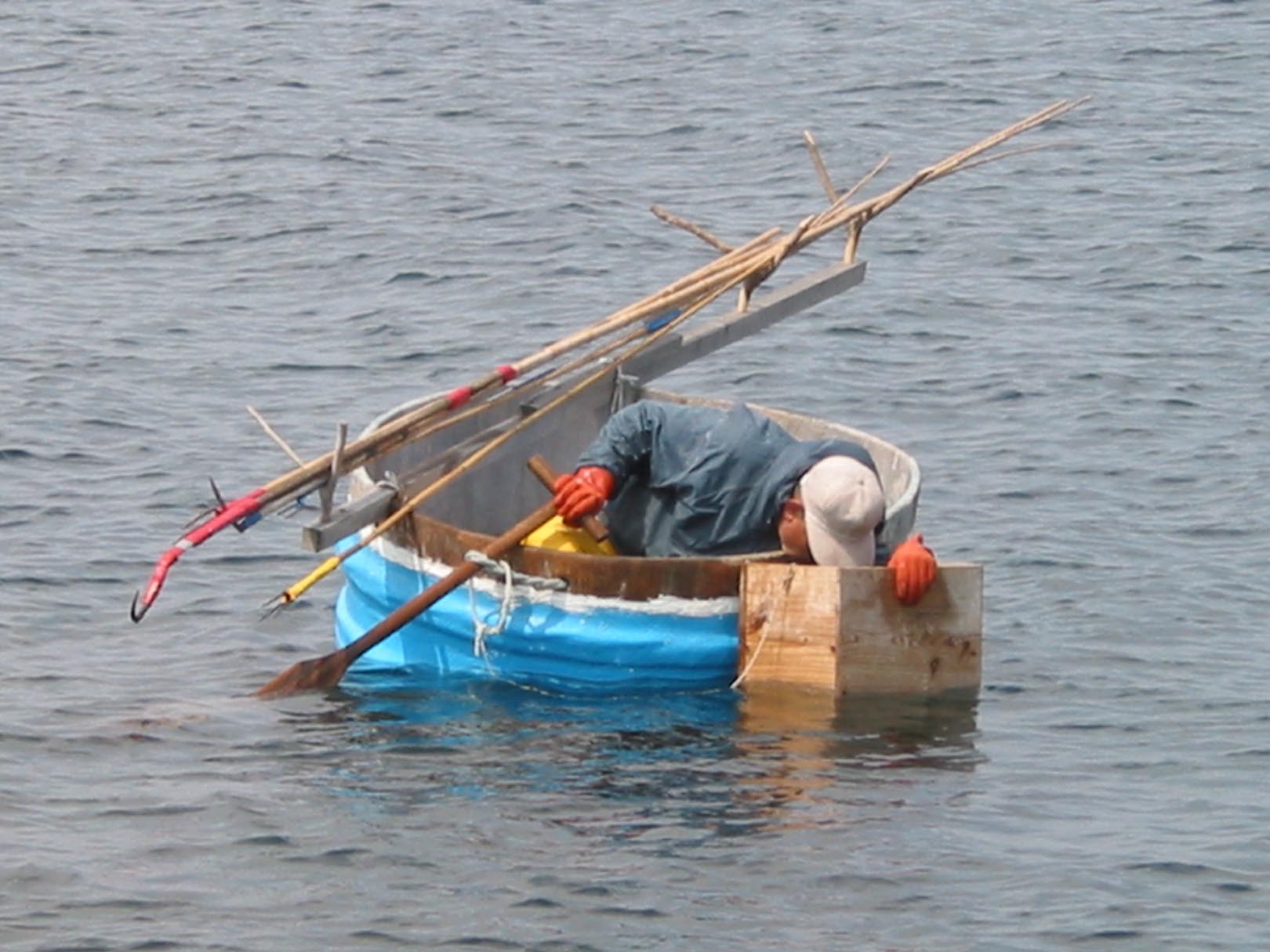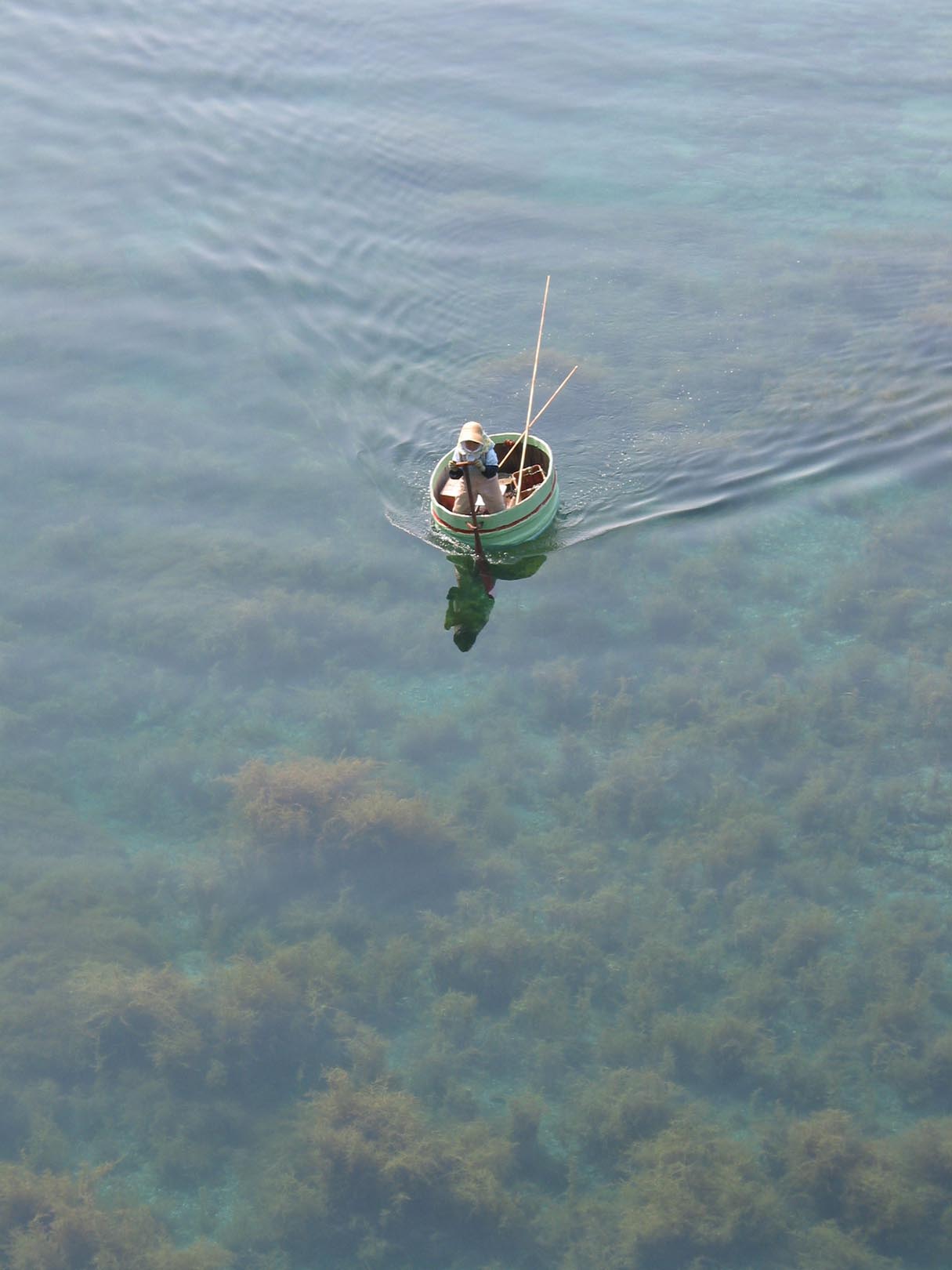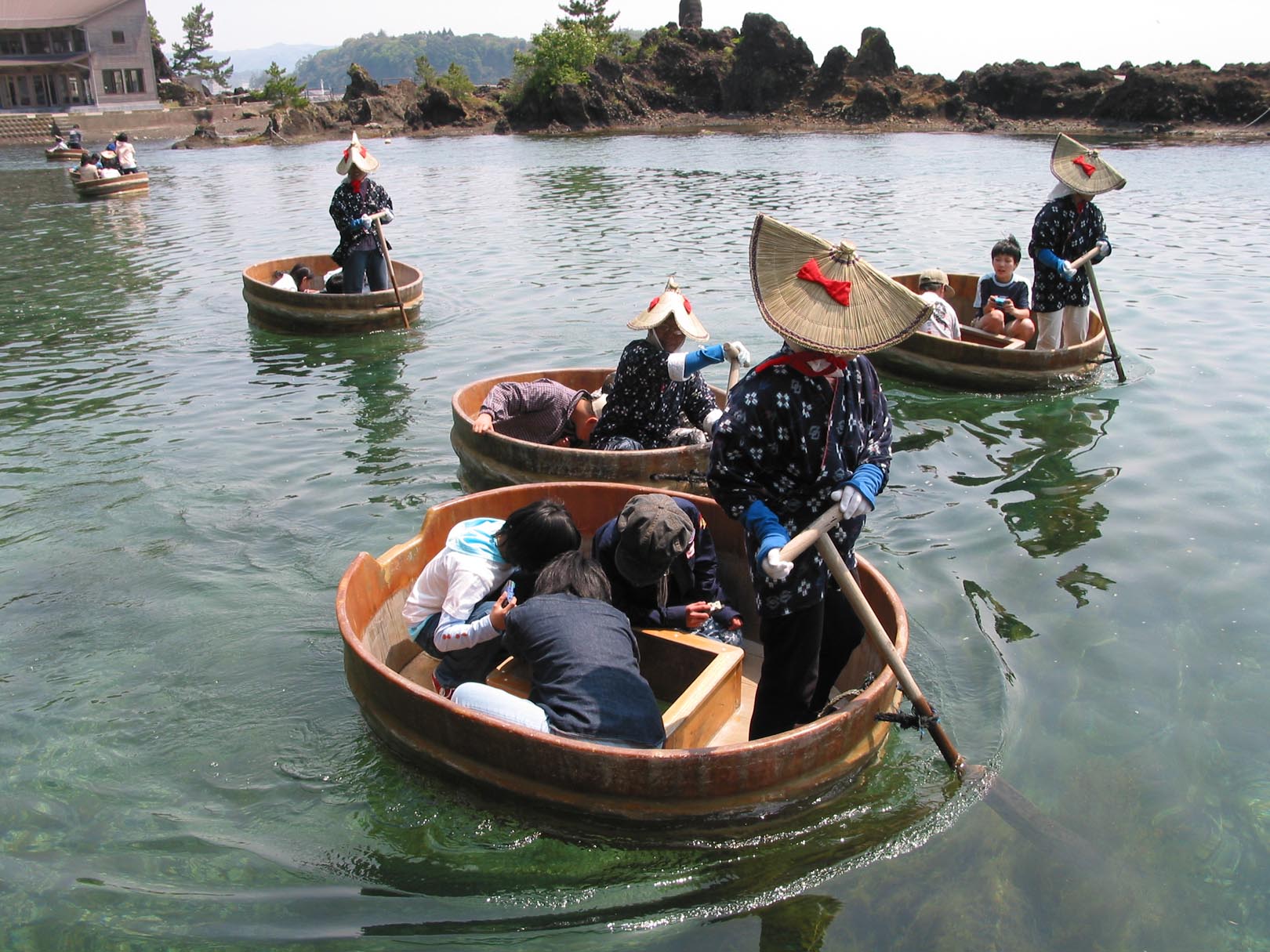Taraibune
Taraibune pages on this site
Japanese Tub Boat (USA) : Japanese Tub Boat (Museum Japan)
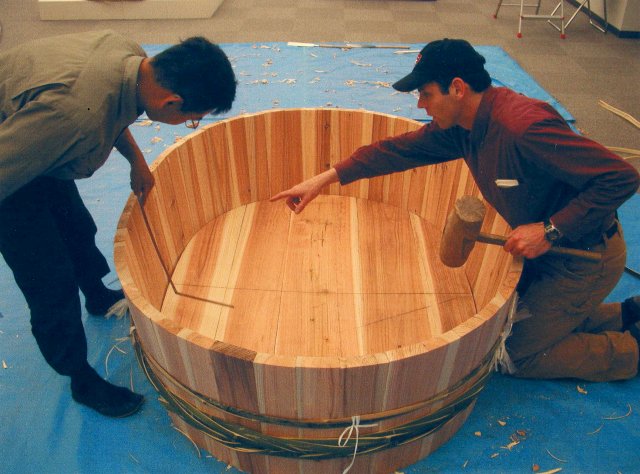
Taraibune (tub boats) were once found along the Echigo coast of the Sea of Japan and on Sado Island. Now they are used only in six small fishing villages on Sado Island. They have survived to the present because of their low cost and durability. In 1996 I apprenticed with Mr. Koichi Fujii, the last man still building these boats. He had originally worked as a cooper building and maintaining giant miso tubs. Only later did he begin building tub boats and I was his only apprentice. After his death in 1999 I began working with the Kodo Cultural Foundation on a project to document the results of my research and to train a future craftsman. In 2002 I built two taraibune with Mr. Takashi Higuchi, a carpenter from Sado Island. In 2003 Kodo published my book The Tub Boats of Sado Island; A Japanese Craftsman's Methods in English and Japanese.
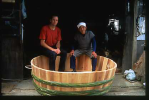

Today there is increased interest on Sado to keep the craft of building taraibune alive. In 2007, the Japanese Ministry of Culture (Bunkacho) declaring this craft to be "an important intangible folk cultural asset" and currently the Board of Education on Sado has formed a tub boat preservation society.
Tub boats are made of local sugi (Japanese cedar) and madake (timber bamboo). The construction is the same as Japanese coopering, except that the bottom of the tub boat is slightly concave and the boats are oval. The planking is doweled together with bamboo nails but the braided bamboo hoops are what really hold these boats together. The woodwork in a tub boat is not at all beyond the skills of an experienced carpenter, but the braiding of the hoops is now an extremely rare skill. Each hoop is comprised of four 45-foot long strips of bamboo. The hoops are pounded onto the hull and each must fit precisely since the hull is slightly tapered. Mr. Fujii could cut, split and weave three hoops for a boat in less than four hours. He also relied on an obscure zodiac called hassen which governed when he could cut bamboo.
Taraibune were traditionally used by women on Sado Island. Fishermen use a wooden box with a glass bottom so they can see underwater. Fishermen spear a valuable shellfish called sazae and also gather wakame (seaweed) using tub boats. Tub boats are propelled facing forward with a paddle, though in one village the men use outboard motors.

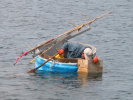

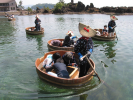
For more information about these boats, my articles and my book, see the Museum Boats page and the Research and Publications page.
© Copyright Douglas Brooks, 2007 - 2018. All rights reserved

